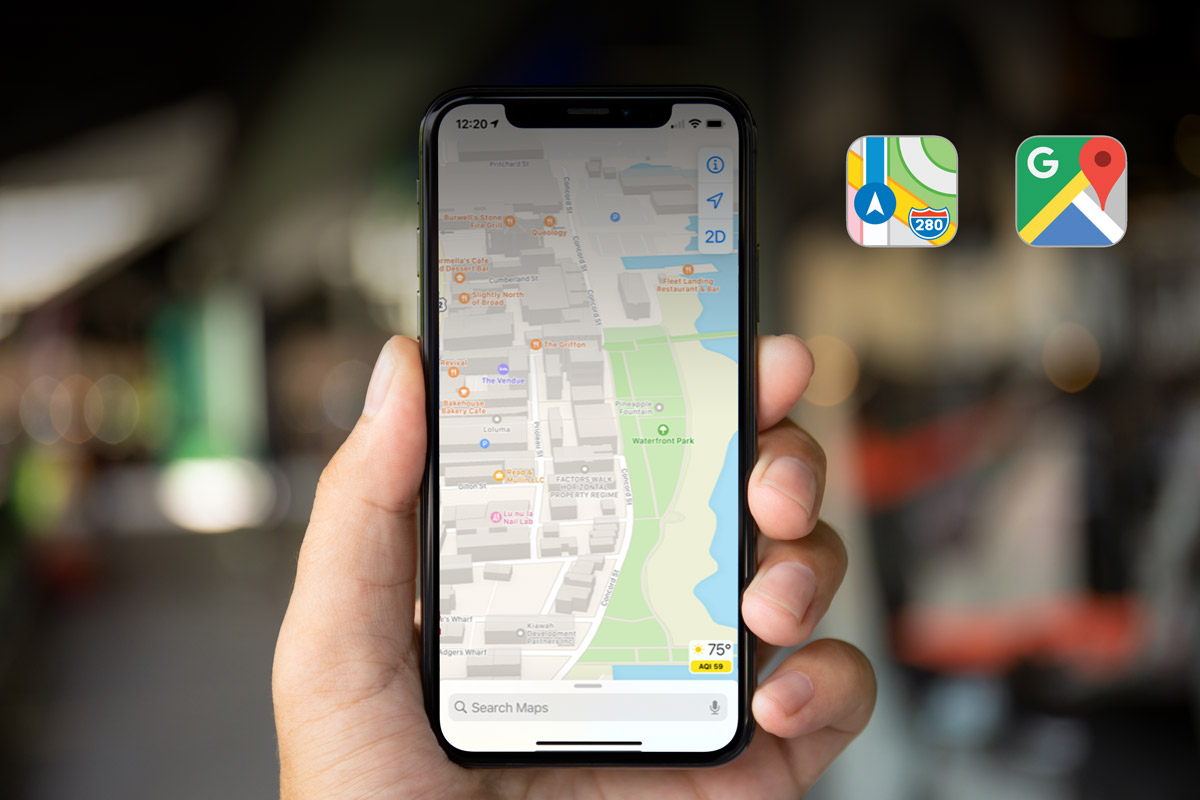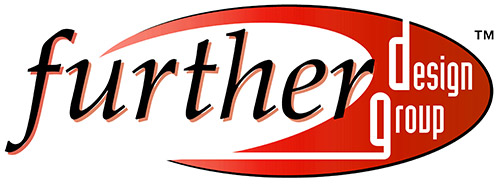Why you may be missing out on major growth opportunities.
As some methods of communication fade out and other methods take their place, so must marketing strategies change to accommodate new technology and a new landscape. It must find new ways to reach its targeted audience that may include a new, younger consumer. Disruptive marketing strategists take all the marketing rules previously practiced and throws them out the window. They change the way things have been done in the past and create a new customer-perception about a company and its brand that causes an enthusiastic response by the target audience. Companies employing disruptive marketing techniques update their promotional strategies as fast as new, successful technologies emerge.

All disruptive marketing initiatives are daring and challenge the status quo. They use experimental tactics and methods that haven’t been seen before. It’s a risky trial and error process that is not for the faint-hearted. Some strategies work and become great successes, even turning into mainstream marketing practices. While others fail, which is the nature of innovation. When Thomas Edison was asked about his many failures before creating the light bulb, He said, “I didn’t fail, I just found plenty of ways NOT to make a lightbulb.” Even when you fail to reach your goal using a disruptive marketing technique, it becomes a learning experience that you can use for your next project.
The more innovative a brand gets, the more it challenges others in the same niche to come up with new ways to motivate their target audience. As some of these disruptive marketing techniques succeed, what it means to do marketing in your industry begins to evolve. This continuing process leads to more innovations and more creative thinking, which keeps the competitive nature of sales alive.

Harvard Professor Clayton Christensen coined the term “disruptive innovation” to describe the process whereby a smaller company with few resources is able to successfully challenge an established business, such as cell phones overtaking landlines. Brands using social media and direct mobile marketing were once disruptive marketing techniques that are now everyday tools used to get a company’s message out. Thus, disruptive marketing, i.e. non-traditional advertising concepts, can potentially outperform traditional marketing.
The first step in creating a Disruptive Marketing Strategy is to identify your target audience for your brand. Each audience segment has its own desires for how it likes to view and receive information. Each one also has buying behaviors that indicate whether they’re willing to purchase from your company. Disruptive marketing allows you to create your own strategy to market to a new audience having fresh and different expectations.
Why Disruptive Marketing Is So Important Today
The three most important reasons to start a Disruptive Marketing Strategy is to first, stay ahead of rapidly developing technology having millions of content creators. Secondly, to be prepared for a new generation of consumers with a short attention span and new expectations. And lastly, to be prepared for an oversaturated market.

Rapidly developing technology challenges companies to trust their intuition and rethink the whole brand (not just advertising and marketing), break the status quo, push the boundaries, go beyond the expected, and set new standards for the industry. It is important to keep up with changes and advances in hardware, software, and communication tools. The more you know about upcoming technology and how your audience uses those tools, the better chance you have to learn where there’s an opening to use a disruptive marketing technique.
Half to three-quarters of the American workforce is made up of millennials. And Generation Z, which is more saturated by digital media than any previous generation, is fast approaching working age. To develop a marketing strategy that appeals to both Millennials and Generation Z, a company must find ways to develop a genuine connection between their brand and the consumers who are more motivated by feelings than features and are often attracted to new, trendy, and fun brands or eco-friendly, socially responsible brands. Many of these ‘new’ consumers even want a two-way communication with a brand wherein they can submit ideas.
Keeping up with the most current culture trends can put a company in the forefront as a market disrupter. There must be a willingness to experiment with new techniques that appeal to the ‘new’ targeted consumer that focuses on feelings over the hard-sell in order to be a leader in an oversaturated market.
Types of Disruptive Marketing
Novelty disruption fulfils a customer’s needs by offering a new product or service. Adoption disruption improves a current product or service that makes it better, faster or cheaper. Both types require approachability. In other words, the Disruptive Marketing must tell a story that is easily understood and embellished so that the consumer elicits an emotional response that will be remembered. For instance, in one foreign country, a blood drive was fueled by an advertising pictorial, illustrating people giving blood to pass on their personal traits, making the giving of blood very personal.
The Disruptive Marketing should be affordable. It is only meant to challenge the way people think about your product or service.
Disruptive Marketing should be unique so that it makes the consumer curious to look for more information about the product or service. In the post-pandemic era, innovation has become essential. New problems, new solutions! Consumers love to be challenged to look in new directions to solve their problems.

Disruptive Marketing should shock the consumer’s senses so that it will be remembered. It should be associated specifically with your product or service and therefore, be difficult to be duplicated. If done well enough, it can become part of one’s vocabulary. For example, people use the term “Google it” to imply searching for an item on the Internet.
Millennials categorize trustworthiness, creativeness, intelligence, openness and authenticity as their top priorities when choosing a brand.
How To Build A Disruptive Marketing Strategy
Get Out of The Box

Companies must be ready to disrupt their business model, product or service and the message they communicate to consumers. Without disruption, we’d remain static and never evolve. Marketing disruption evolved slowly until the 1990s; but when we entered the digital era, it began to explode.
And although social media is used by every generation today, data from 2019 indicates that 90.4% of US Millennials use social media. Since Millennials comprise the largest group of consumers in the United States, this significantly impacts marketing tactics. It forces market strategists to invent new, disruptive ways to engage their target audience on social media and elsewhere. To move forward in a highly competitive marketplace, marketing strategists should explore disruptive tactics to enhance the customer experience if they want to succeed.
We'll Make You Famous
Need help with creative idea generation? Contact us today to move forward on your path to becoming more and more disruptive.




